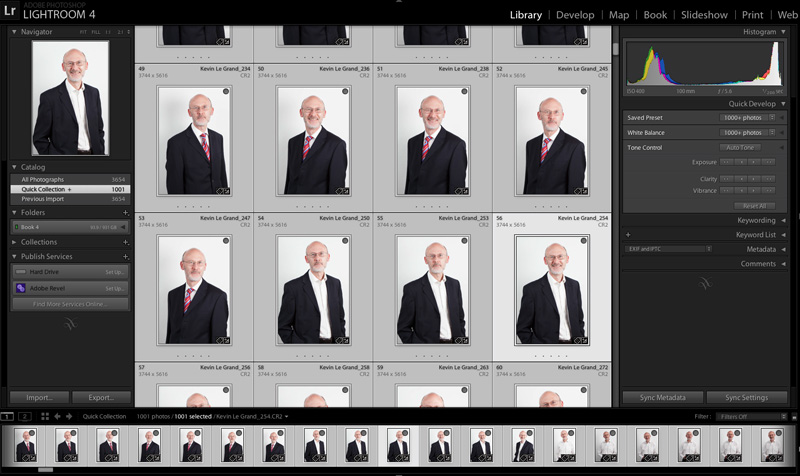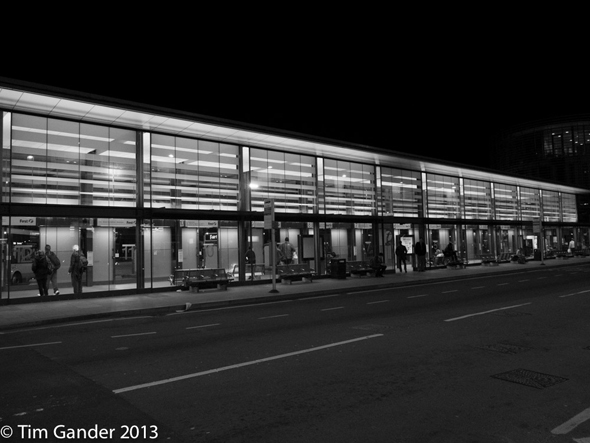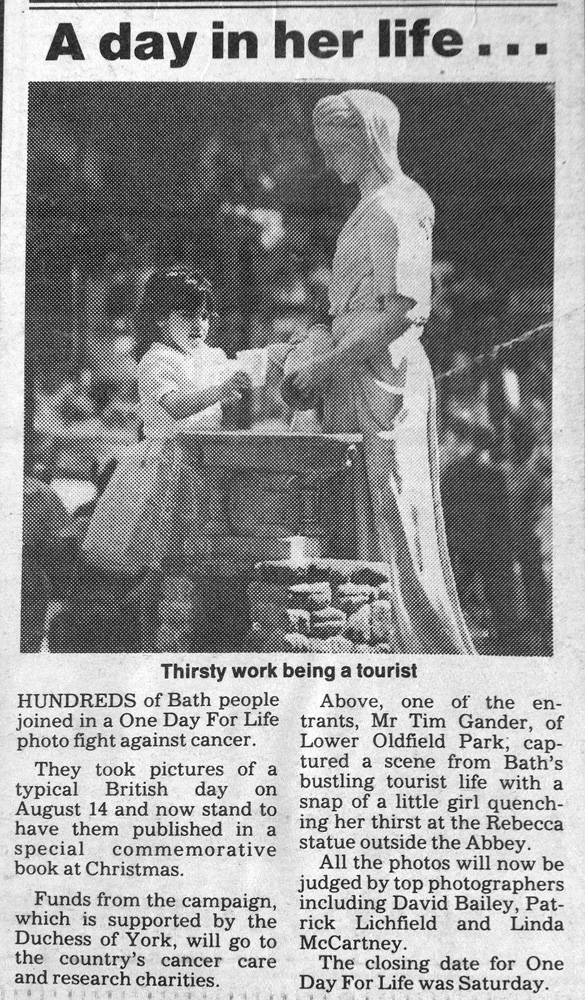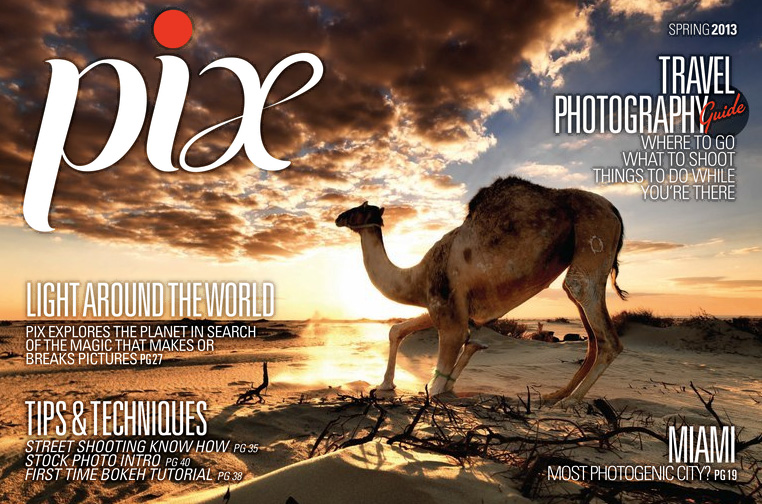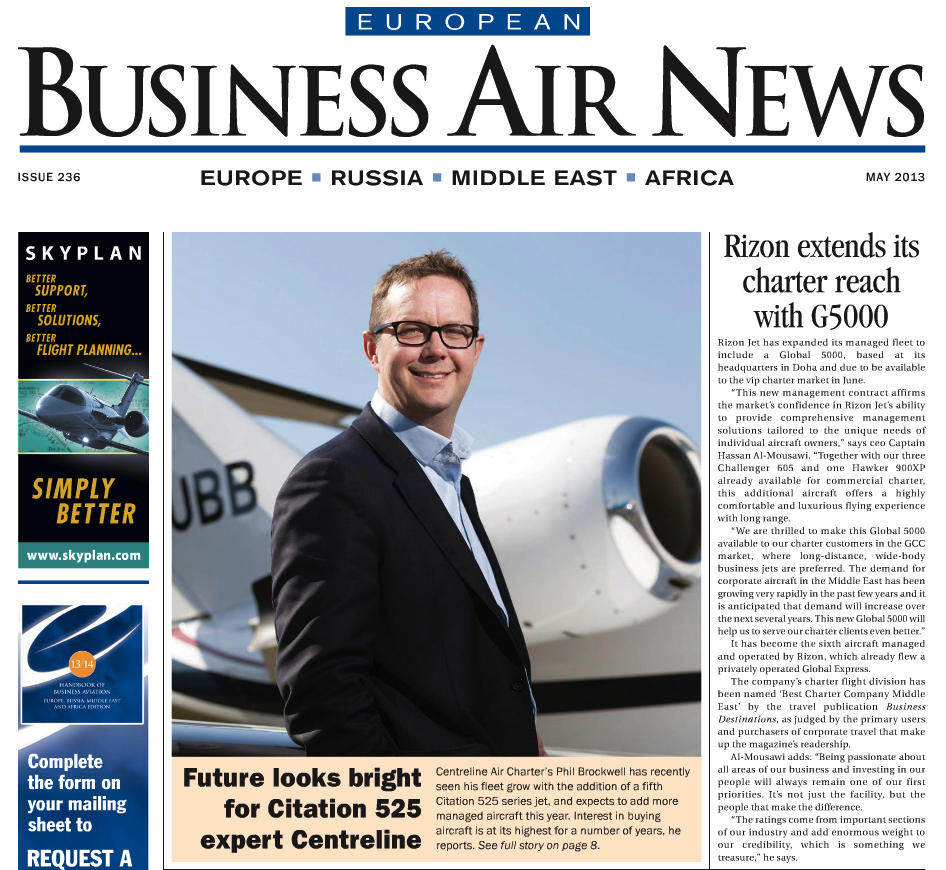That sentence, unremarkable in its state-the-bleedin’-obvious sort of way, came from the mouth of Sir Stephen Bubb, chief executive of the Association of Chief Executives of Voluntary Organisations. Suddenly, knowing who uttered that sentence makes it rather more remarkable because in many cases the charities which his organisation represents believe that photographers should be made to feel less of themselves if they refuse to work or supply pictures for free. Pictures which would help the charities raise funds far greater than the cost of paying someone to take or supply them.
Sir Stephen was on the BBC defending the high salaries paid to some charity chief executives. Salaries which in some cases are over £180,000 per annum. He was rather cross, putting it mildly, that The Telegraph had made a story of these high sums and said categorically that the charity CEOs should not be expected to work for free. Why, then, are photographers so often expected to work for free? Are they not professionals too? Do they not have families to support? Mortgages to pay? (Voluntary) charitable donations to make?
It goes without saying (usually a prequel to “I’ll say it anyway”) that I do believe charities, on the whole, do a good job. It’s also fair to say not all professionals working for charities get large salaries, even at chief executive level, but this story is extremely timely as I was chatting to an old photographer friend the other day who told me that, yet again, he had been asked to take photos for a charity for free. When he checked on that charity’s website and discovered that they did indeed have paid staff he declined on the basis that he shouldn’t be the only professional working for free for that organisation.
And his story isn’t an isolated incident. Charities tapping up photographers for freebies is a regular gripe on forums. I’ve also been asked to work for free or been told that my fees far outstripped the budget. Quite who sets the budgets is never clear; presumably a monkey with a broken abacus, because the budgets never make any sense.
The Telegraph story raises a serious question for charities: Do high CEO salaries damage the credibility of the charities they work for? Could this damage donations? I’ll answer one question for any charity which cares to listen and that is you already do a great deal of damage amongst large groups of photographers by constantly rattling your tin for free, highly skilled professional services by people who often live precarious lives themselves.
It does a charity no favours to make a photographer feel guilty for turning them away or by making them feel they’re being arm-twisted into making a donation often worth hundreds if not thousands of pounds in the form of free work.
And I’ll add that it upsets me that I even have to speak up on this issue because many do difficult and good work, but good images should not be expected for free and asking for them does very much harm the credibility of a charity.

